latest
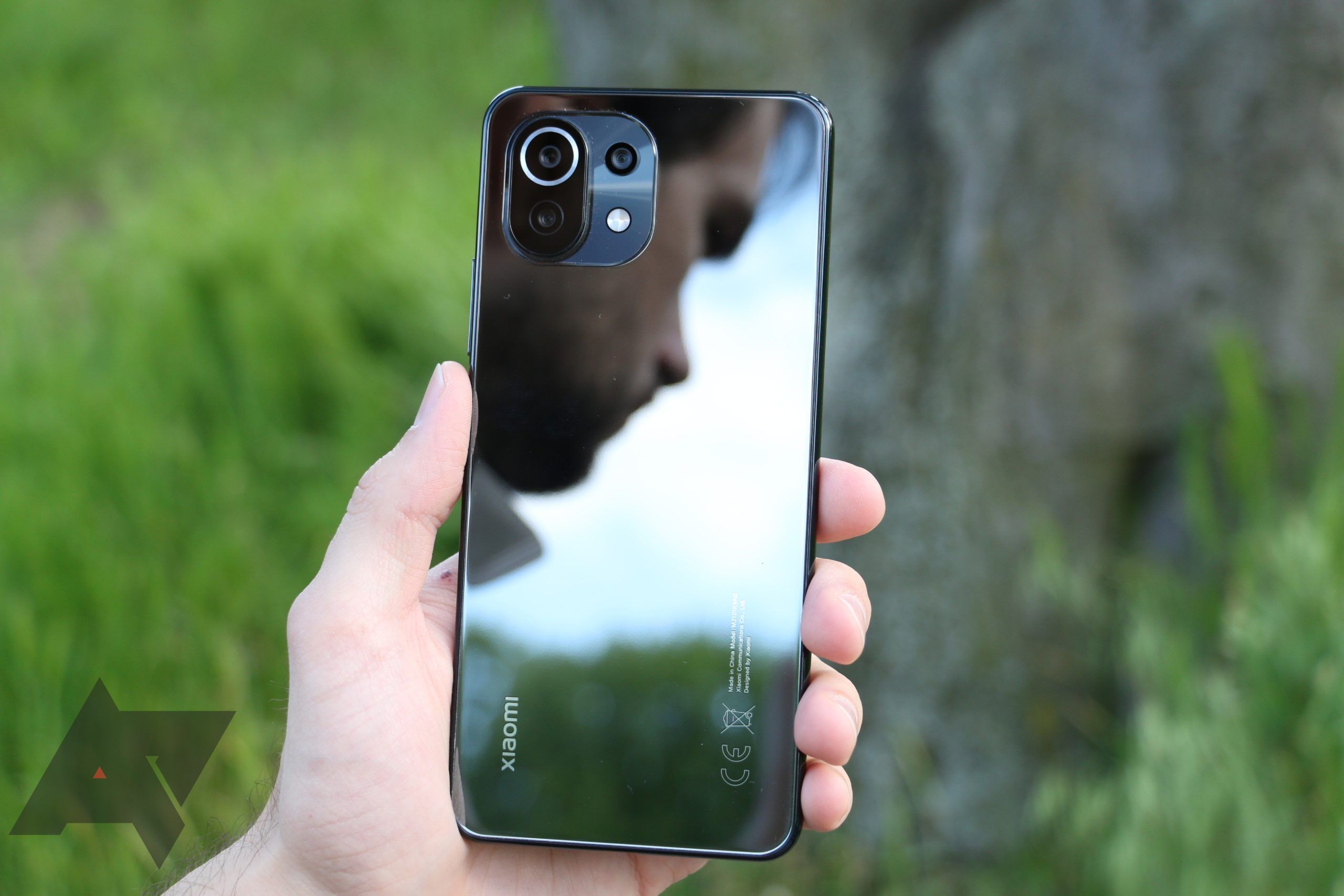
There are now 4 billion smartphones on Earth (only 3.9 billion with cracked screens)
An analytics report claims that half of the planet's population owns a smartphone
The last decade or so of worldwide culture has been defined by one thing: immediate and growing access to data. The biggest change is, of course, the shift from old-fashioned cell phones to smartphones, giving users in every geographical and economic niche access to the width and breadth of the internet everywhere they go. A recent analytical report has put that cultural shift into clear focus: half the people on the planet now own a smartphone.
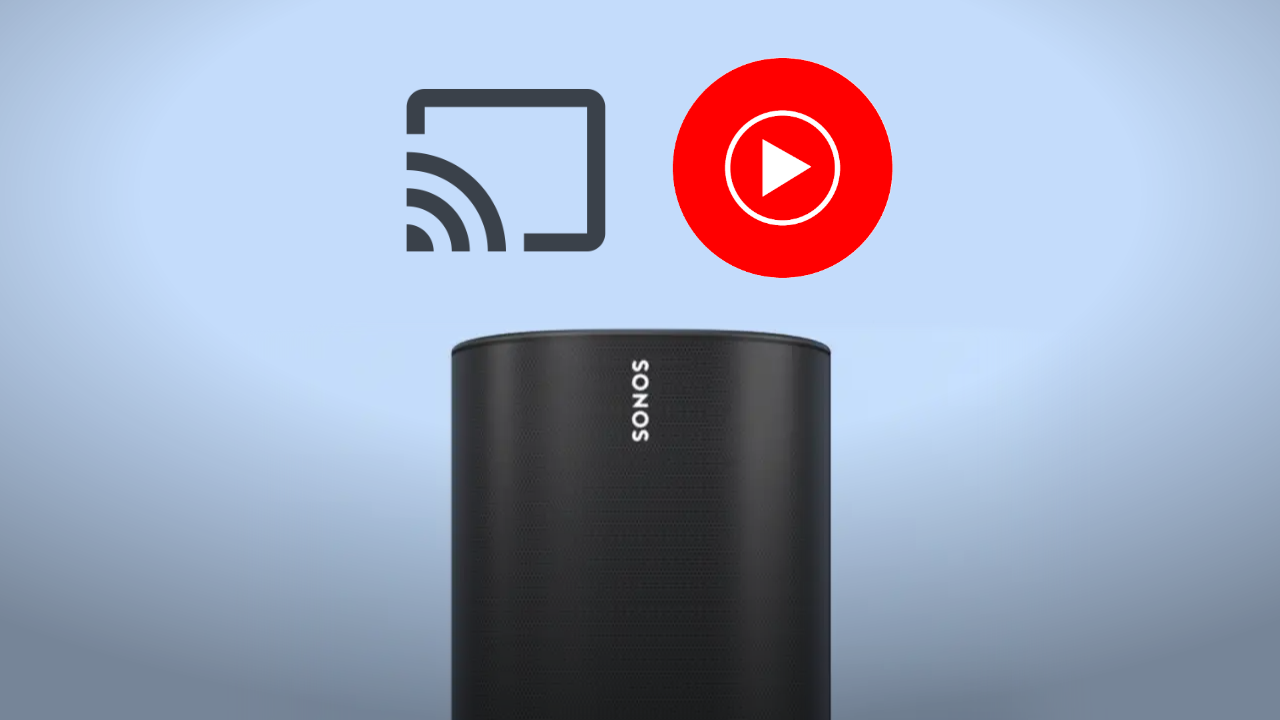
The forced switch to YouTube Music is leaving Sonos users in the cold
Google's feet have been dragging on this for more than a year
People who own Sonos speakers aren't having the best time dealing with the death of Google Play Music. YouTube Music, the app meant to replace it, has yet to adopt the seemingly basic ability to cast audio from mobile devices to robust thousand-dollar soundbars, much less achieve the promise of complete feature parity. As with many conflicts, there's no good reason for this chasm to exist and everyone to blame. But who should fix it?
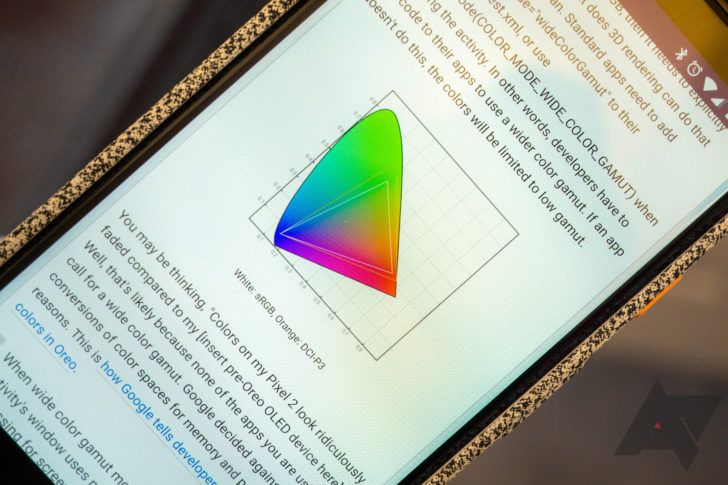
Sometimes you don't want to read up on how someone "feels" about a product. Everything's subjective, of course, and it's good to combine multiple viewpoints, but once in a while, it's nice to just sit down and examine the raw data, that way you can come to your own conclusions. And Dylan Raga over at XDA-Developers just assembled an intense and in-depth analysis of the Pixel 2 XL's display that's worth a read. At least, if you'd like to scratch that purely quantitative itch.
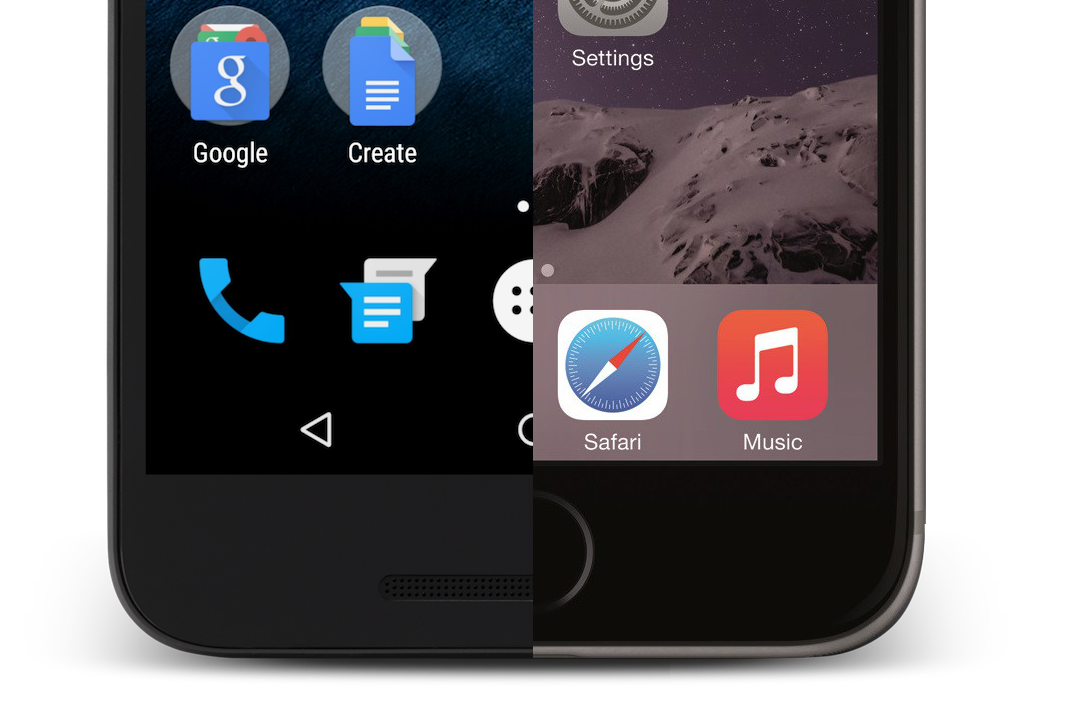
Honeycomb, the first Android version designed specifically with tablets in mind, was released way back in February 2011. It was built exclusively for large screens and was never meant to reach phones, but it paved the way for Ice Cream Sandwich, arguably one of the most significant updates to ever hit Android. Taking several cues from Honeycomb, Android 4.0 brought about some of the biggest changes to the OS, not the least of which was the advent of virtual or on-screen navigation buttons.
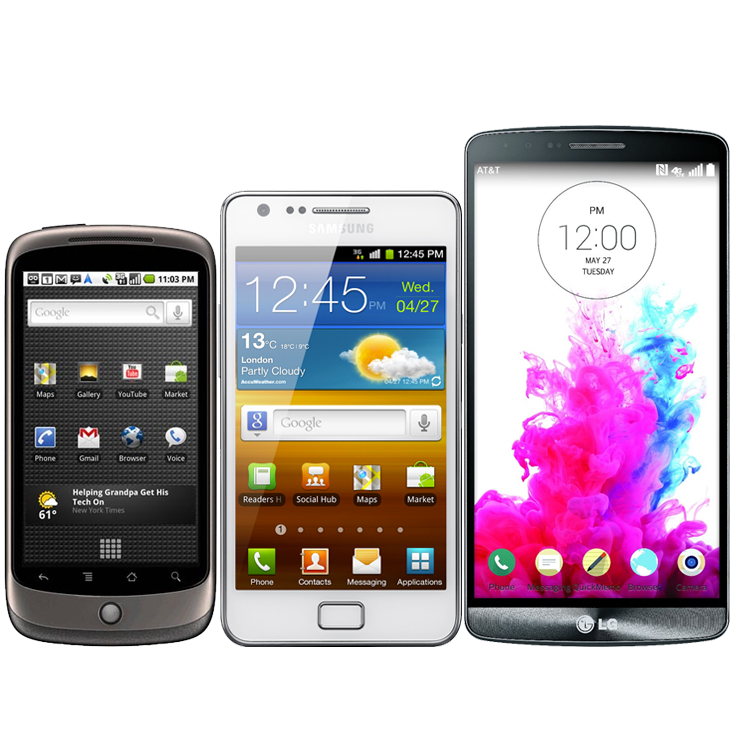
As a keen and professional observer of the modern consumer electronics market, I can say without fear of contradiction that smartphone screens are getting bigger. So can columnist Alex Barredo, but he's done an impressive amount a statistical legwork and presentation to prove it. On the surface his analysis of smartphone size screen trends may seem obvious, but within you can find dramatic shifts in patterns of both the overall market and specific companies. It's worth a read if you're interested in trends and device design.

Google just updated the web Play Store with a completely new UI that was teased back at I/O 2013, and it immediately caused a whirlwind of mixed reactions. We have a separate post coming up on all the differences as well as the features that didn't make it into the redesign (there are, unfortunately, a lot - even more than went missing in Maps v7), but right now I want to commend Google and address one aspect that immediately stood out to me within the first few seconds - speed.
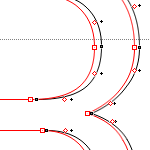
Yesterday, we reported on an alleged Android 4.3 Jelly Bean ROM originally posted by SamMobile. Since then, we have – in usual style – been digging away, looking for goodies. In the midst of that search, Ron noticed something – the Roboto files in the ROM were up to 30% bigger than the versions found in 4.2.2.
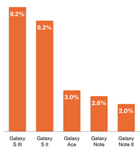
One of the biggest problems Google faces with Android is avoiding a situation where one manufacturer controls so much of the market that everything else falls by the wayside. As study after study shows, though, this is becoming an increasing risk as Samsung gobbles up more customers. To wit, this survey from Localytics—a company that provides analytics for mobile apps— showed that of the top ten Android devices its customers used, eight were made by Samsung, and seven had the Galaxy brand attached.
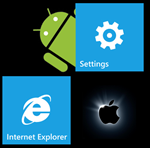
Let's start with a disclaimer, shall we? Analysts are generally full of it. When we hear a claim that says, with undeserving certainty, that come 2016 there will be 2.3 billion Android and 2.28 billion Windows devices, we're a little skeptical. The likelihood that anyone knows exactly how many units of a particular platform will sell to that level of accuracy is almost none.
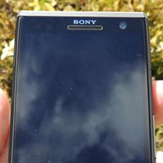
A couple of weeks ago, Xperia blog posted what appeared to be User-Agent Profile information revealing the existence of Sony's purported upcoming flagship, the C650X codenamed Odin.

[New App] US Census Bureau Releases 'America's Economy' App For Android – 'Take The Pulse Of The US Economy' On The Go
In a maneuver that the New York Times describes as "an effort to give economists, policy makers, business owners and citizens greater access to real-time
In a maneuver that the New York Times describes as "an effort to give economists, policy makers, business owners and citizens greater access to real-time data on the health of the nation's economy," the US Census Bureau recently released its America's Economy app to Google's Play Store.

We deal with rumors and potential fakes on a daily basis, and I have to warn you right away - on a scale of unconfirmed to solid, the source of this post is leaning to the left.
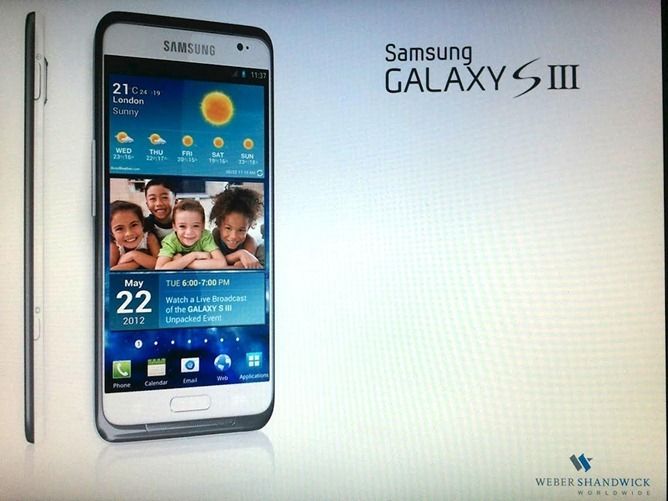
Today's suspected Galaxy SIII leak caused quite a stir in the Android community, of course sparking concerns over validity, likelihood that Samsung would choose such a form factor for the upcoming flagship, and just when we may see the real thing up close. A great summary of the leak on Reddit, and the subsequent comment thread got me thinking, though: just how likely is it that the leak is real? In short the answer is a resounding "not very."

Cybersquatting, one of the more profitable forms of trolling, is nothing new to anyone familiar with the interwebs. In fact, it's often a source of some pretty funny disputes.

A rumor has begun circulating over the past week about the possible existence of an upgraded version of the just-released Galaxy Nexus. At CES, ASUS announced the TF700T, a beefier version of the Transformer Prime (well before the first Transformer Prime has even been released in many countries), leaving a lot of people who bought the first iteration a bit upset. Are Google and Samsung following ASUS's lead and planning on releasing an incremental upgrade to the Galaxy Nexus so soon?

After weeks of frantic coding, SwiftKey, my favorite smart aftermarket Android keyboard, just released a private beta to all registered VIP forum members. While the beta itself (v1.98.1.172) is private and we can't provide you with a download link, what we can do is list all of the improvements and tease you with some screenshots.

As we previously reported, Oracle America has filed suit against Google for (primarily) patent infringement. If you're not familiar with the case, I'll quickly summarize.

[Update: 8/24/10 @ 7:45 PM EST by Aaron] Tim Bray responded to Justin's article, but seems to have misunderstood the goal. Thus, Justin has written a follow-up article here.

Fresh off the press, Google just announced that the latest update to its Google Goggles for Android (1.6+) introduces a Translate feature.










